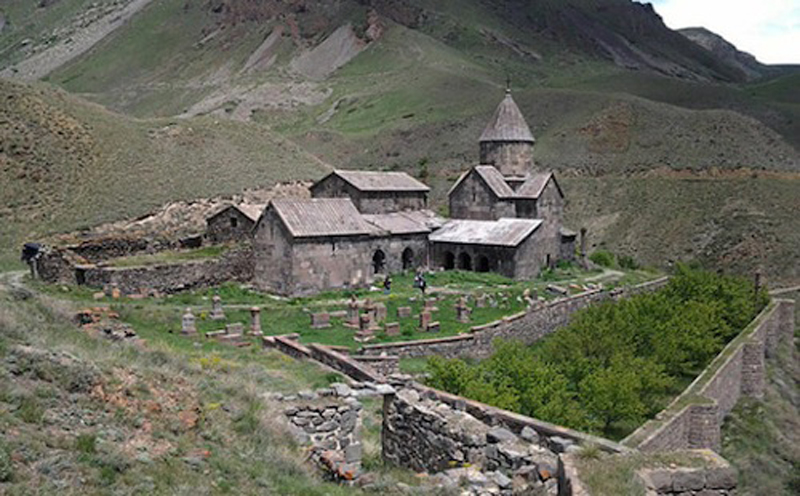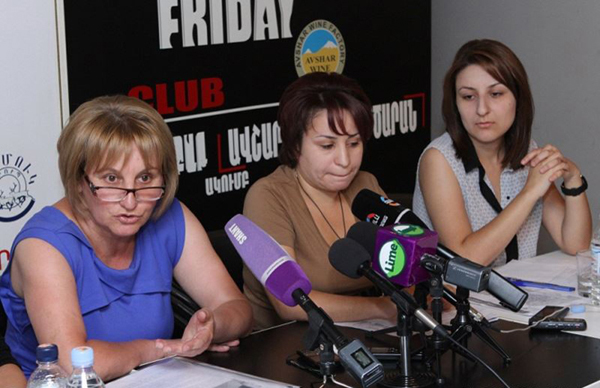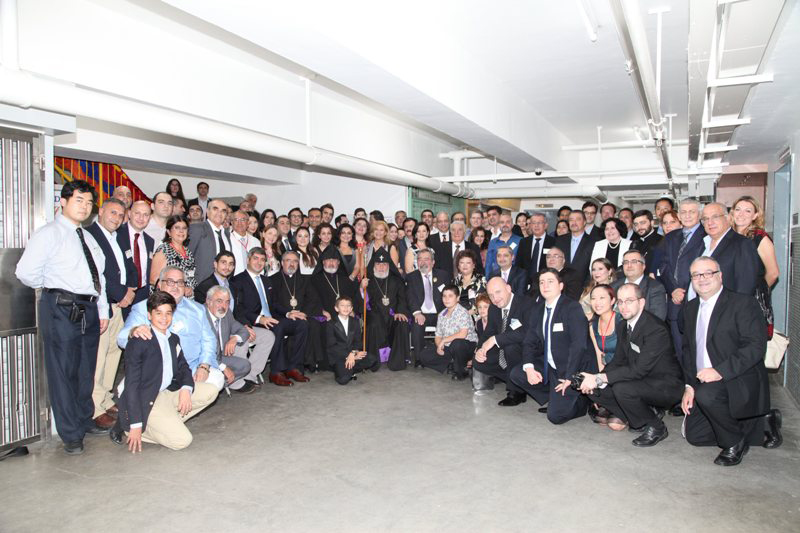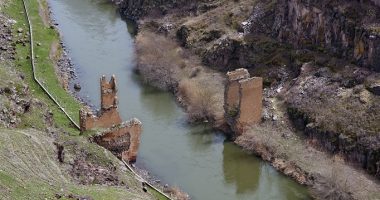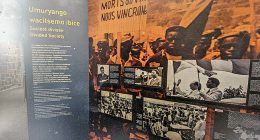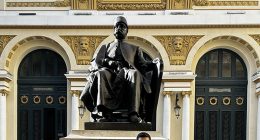The Vorotnavank monastery is a monastic complex located along a ridge overlooking the Vorotangorge, between the villages of Vaghatin and Vorotan in the Syunik Province of Armenia. The complex is surrounded by a high stone wall for defense against foreign invasions and once housed workshops, stores, a seminary, resort, cemetery and an alms-house. A pillar stood in the yard of the monastery symbolizing that there were monks entering into religious service and kings inaugurated at this location.
Hovhan Vorotnetsi (1315-1398), an Armenian medieval philosopher and theologian as well as the founder of Tatev Vardapetaran University lived and worked at the monastery.
S. Stepanos Church
The main church of Surb Stepanos was built in 1000 AD by Queen Shahandukht, ruler of the lands of Syunik and grandmother to Katranide (consort to King Ashot I Bagratuni). Prior to the construction of the church stood a shrine to Saint Grigor Lusavorich. Four sacristies were placed at the southeastern end of S. Stepanos.
S. Karapet Church
The adjoining church of Surb Karapet was constructed in 1006-1007 by Queen Shahandukht’s son Sevada. The structure has a triple-arched portico at the front façade. A circular drum and a recently reconstructed dome rest above the cruciform plan of the church.
Vorotnavank was destroyed multiple times by foreign invasions as well as an earthquake in 1931 during which S. Karapet’s dome collapsed. In 1104 Seljuk-Turks attacked the monastery and the nearby fortress of Vorotnaberd (3 km southeast). Ivane Zakaryan liberated them and gave control of Vorotnavank and Vorotnaberd to Liparit Orbelian of the Orbelyan family. The monastery was repaired and made functional during this time. Other foreign invasions included the Mongol-Tatars (1236) and later Amir Timur in 1386. An underground passageway was connected to the fortress of Vorotnaberd, and was used during sieges by invading armies. Reconstruction efforts have been underway since 1980 and are nearly complete.
You can marvel at the funeral VII building in the village Aghitu. Over two deep crypts arranged area with a stepped entrance from the rear. Above it, the three pillars of the tower – two pylons and a column between them, connected by arches, over which was cornice. The whole structure is crowned by three arcs in the curly-poster does not come down to us.
There is folklore about this monument: It is said that the Persian ruler summoned the three princes of Syunik to capture them. Guessed his intention, the princes did not go to him. Then with a large Persian army marched on the village Aguda. In a fight with him Armenians won, but three brave princes died on the battlefield. To keep the memory of them, the residents built a tomb Agudo, which placed the remains of the dead princes, and on the tomb erected this monument.

